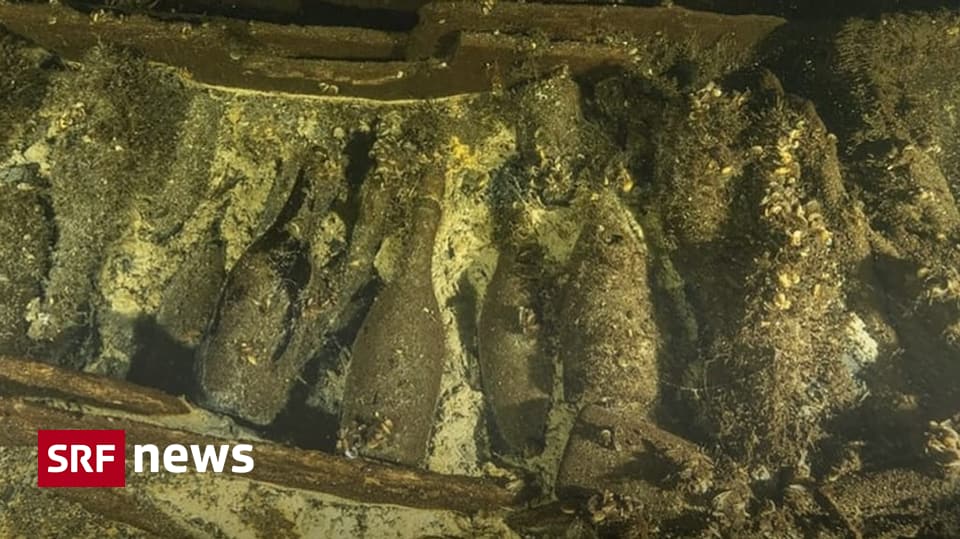Human-mammoth relationship on the horizon: Using isotope patterns in the tusk, researchers have reconstructed the life path of the North American mammoth and linked it to traces of human presence in the region. Elma migrated about 14,000 years ago to an area where most traces of early human settlement have been found. The mammoth cow met its end in a camp – most likely as a hunting victim. The researchers say the results reflect that people specifically visited places where herds of mammoths gathered. This, in turn, is an indication that they at least contributed to the extinction of proboscis in the region.
They once roamed in large herds across the cold steppes of Eurasia and North America: Woolly mammoths (Mammuthus primigenius) were cold-adapted relatives of elephants. However, at the end of the Ice Age, their typical habitats moved further north. But eventually, they could no longer survive there either: their population dwindled more and more until the last of the shaggy giants became extinct. What was the decisive reason for the ending is controversial. Basically, it seems clear that climatic conditions are becoming less suitable for animals. But it's also possible that humans have a hand in it. Because our ancestors hunted with proboscis, as various evidence shows.
The current study now focuses on one of the late distribution areas of the woolly mammoth: Alaska. Presumably, people who migrated to North America from Siberia continued to coexist with the giants for at least another 1,000 years. The focus of the study, conducted by researchers led by Audrey Rowe from the University of Alaska in Fairbanks, was to examine a mammoth tusk that was discovered at the Swan Point site in Alaska. It is one of the oldest known archaeological sites in Alaska: traces of campfires, stone tools and the remains of hunted prey prove the presence of humans about 14,000 years ago. According to history, the tusk found in the camp area also dates back to this period. The remains of two other baby mammoths were also discovered there.
DNA and isotope analyzes provide insights
For their study, the scientists extracted fossil DNA from the tusk and the remains of the two other animals from Swan Point. In addition, they have recovered genetic traces from mammoth remains found at three other archaeological sites around Swan Point. Scientists also conducted isotope analysis on the tusk. As they explain, layers form as the tusks grow — similar to the annual rings of trees. The ratio of certain strontium isotopes in layers can allow conclusions to be drawn about where the animal was at different times of its life. Depending on the region, water and food plants have specific isotopic signatures, which can also be found in the respective tussock layers. In addition, the team also examined the oxygen and nitrogen isotope profiles in the tusk's layers, which can provide information about the animal's diet and climate environment.
As the scientists reported, their results showed that the tusk belonged to a giant cow that died in early adulthood about 20 years ago. They gave her the name Elma. The isotope profile showed that this mammoth was in good nutritional condition, the researchers reported. Comparison of DNA sequencing results showed that Elma was closely related to the two cubs whose remains were discovered at the same location. However, the mammoths found at nearby sites appear to belong to other mammoth groups.
Camp at a huge hotspot
A reconstruction of Elma's life path based on strontium isotope profiles found in the tusk showed that the giant cow traveled at least 1,000 kilometers during her life. It spent most of its life in a relatively small area in the eastern part of the Yukon River. However, she later went on a hike and covered the long distance into Alaska in just three years. There she met her end at Swan Point – along with the two young animals that supposedly belonged to her herd.
The researchers now see their findings as an indication that the Swan Point area may have been an ancestral meeting place for different herds of mammoths. “Our giant cow was located in the area where most of Alaska's archaeological sites are located. Early inhabitants of the area appear to have established hunting camps in areas frequented by mammoths,” Roy says.
The findings also suggest that humans may have played a role in the regional extinction of mammoths in Alaska. It is essentially clear that climate changes during that era worsened the living conditions of animals adapted to open vegetation: higher temperatures and rainfall led to the formation of forests in the area. “Climate change at the end of the Ice Age fragmented the mammoths' preferred open habitat, which may also have restricted their range of movement, which benefited human hunters,” says co-author Potter of the University of Alaska at Fairbanks.
Source: University of Alaska Fairbanks, McMaster University, specialized article: Science Advances, doi: 10.5281/zenodo.8408732

“Alcohol buff. Troublemaker. Introvert. Student. Social media lover. Web ninja. Bacon fan. Reader.”







More Stories
Is the wrong diet making you forget?
We can study it with a new telescope.
Education: Start studying astronomy at school.